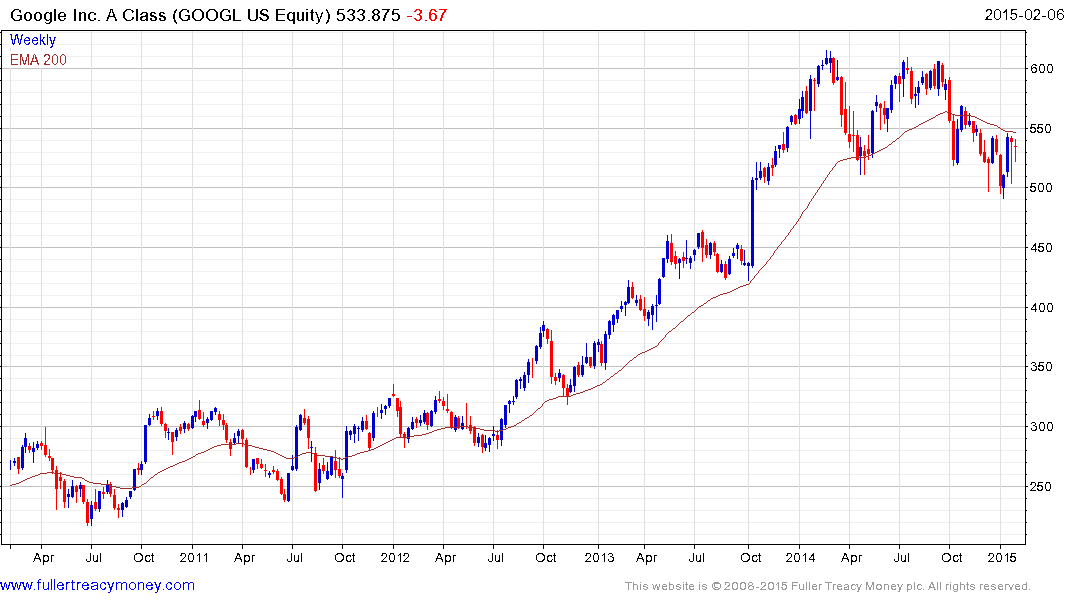Google Is Developing Its Own Uber Competitor
This article from Bloomberg by Brad Stone may be of interest to subscribers. Here is a section:
Google has made no secret of its ambitions to revolutionize transportation with autonomous vehicles. Chief Executive Officer Larry Page is said to be personally fascinated by the challenge of making cities operate more efficiently. The company recently said the driverless car technology in development within its Google X research labis from two to five years from being ready for widespread use. At the Detroit auto show last month, Chris Urmson, the Google executive in charge of the project, articulated one possible scenario in which autonomous vehicles are patrolling neighborhoods to pick up and drop off passengers. “We're thinking a lot about how in the long-term, this might become useful in people's lives, and there are a lot of ways we can imagine this going,” Urmson said in a conference call with reporters on Jan. 14. “One is in the direction of the shared vehicle. The technology would be such that you can call up the vehicle and tell it where to go and then have it take you there.”
Those comments, according to the person familiar with deliberations of the Uber's board, have left executives at Uber deeply concerned—for good reason. Google is a deep-pocketed, technically sophisticated competitor, and Uber’s dependence on the search giant goes far beyond capital. Uber’s smartphone applications for drivers and riders are based on Google Maps, which gives Google a fire hose of data about transportation patterns within cities. Uber would be crippled if it lost access to the industry-leading mapping application, and alternatives— such as AOL's MapQuest, Apple Maps, and a host of regional players—are widely seen as inferior.
As the pace of technological innovation accelerates the potential for driverless cars to revolutionise the transport sector is non-trivial. Before engaging in speculation about just how much of a game changer this might be it is worth considering that the technology is still unproven, important questions about culpability in an accident have yet to be finalised and adoption rates will be key to the success of the venture.
Google’s Waze app is quickly gaining widespread adoption in Los Angeles where daily rush hour traffic lends an incentive to forge a less congested route. The app acquires individual data for each mobile phone’s location, speed, origin and destination, plots it against neighbouring vehicles running the app and calculates the best route. It is not too difficult to imagine that a future iteration will power the programming of a Google driverless car. If adoption rates for driverless cars approach 90%+ the question of whether seat belts, traffic lights and speed limits will be brought into play and the potential for considerable efficiencies will be opened up.
While the majority of commentary tends to focus on the individual benefits of driverless vehicles, the potential for massive productivity gains in the haulage sector is potentially more important. As rules governing the number of hours a driver can remain on the road become progressively more stringent, the potential for an automated fleet to circumvent these regulations represents a major time and money saver for the industry which would translate into lower prices for just about everything that needs to be transported.
Google is still an advertising company with a dominant global position in the search engine and social media business. The additional projects it is spending money on have dragged on performance of the share not least because they have detracted from management’s focus on the core business. However if it can succeed in monetising these projects the value accretion for the share could be quite meaningful.

Google bounced from the $500 area over the last two weeks and has returned to test the region of the 200-day MA. A sustained move above $550 will be required to reassert demand dominance beyond the short term.


